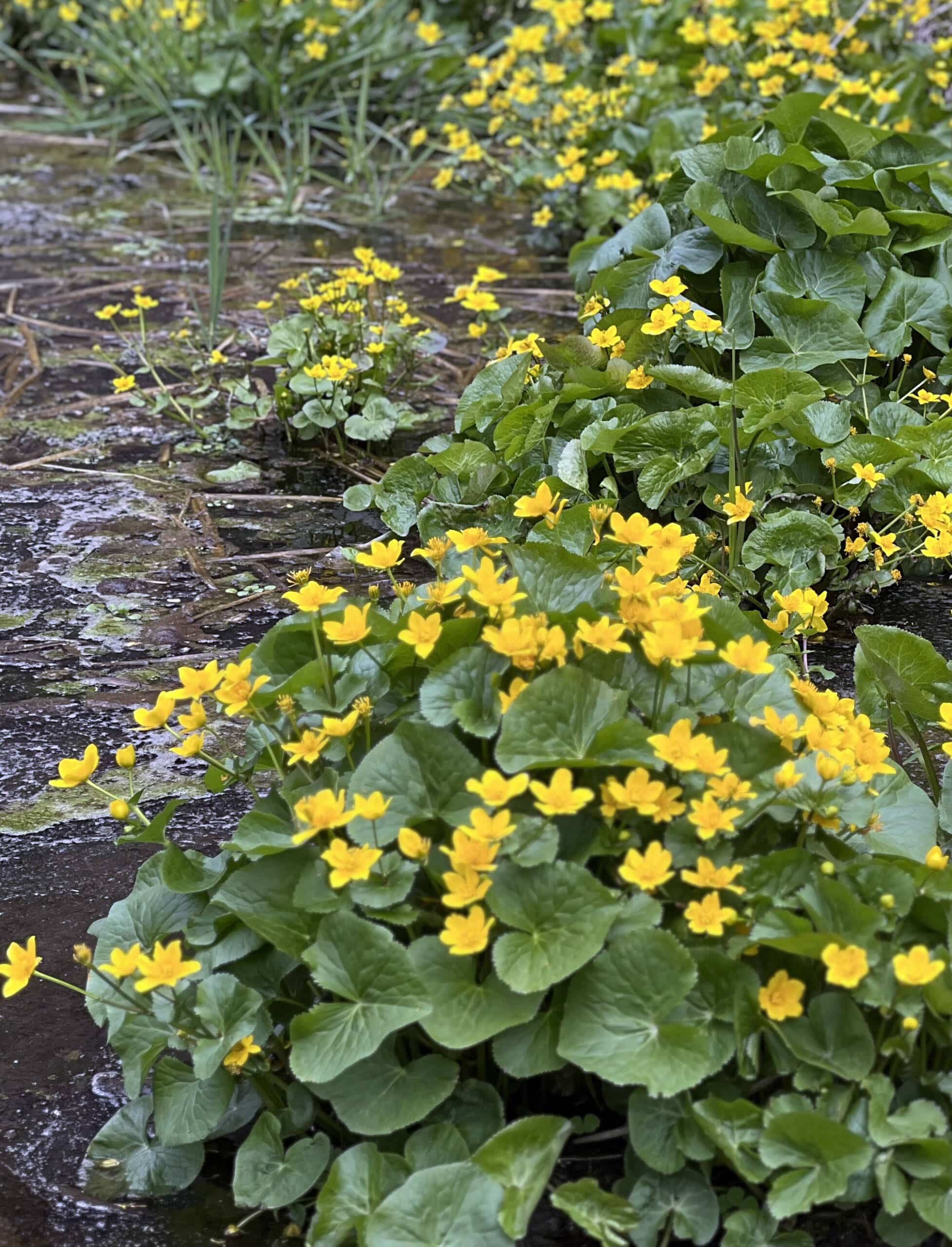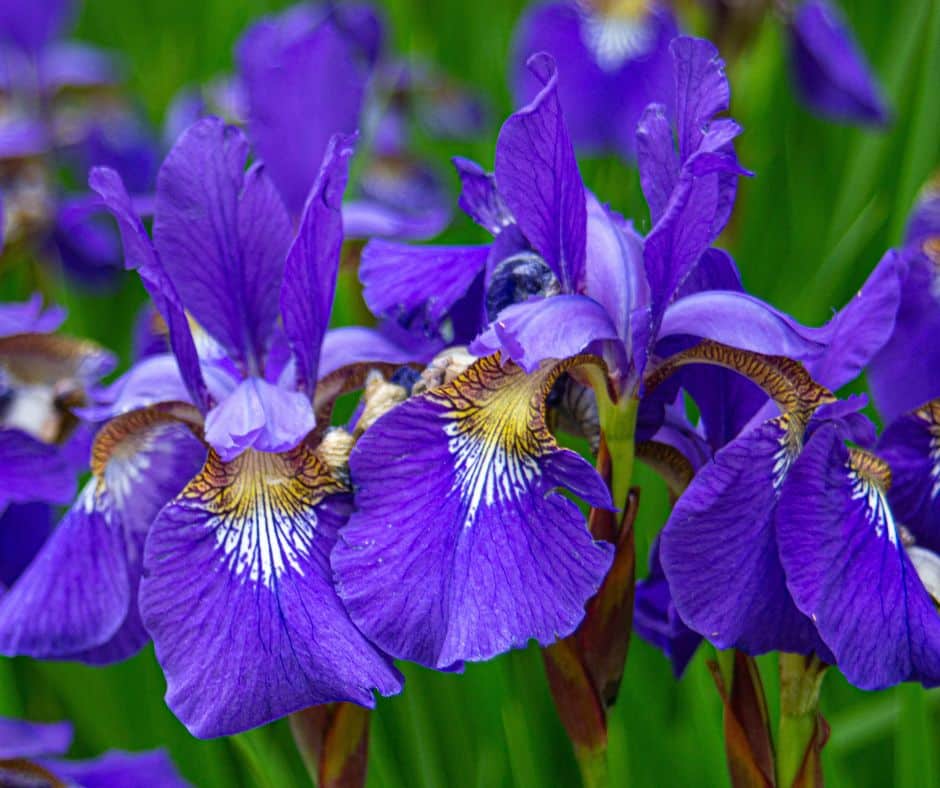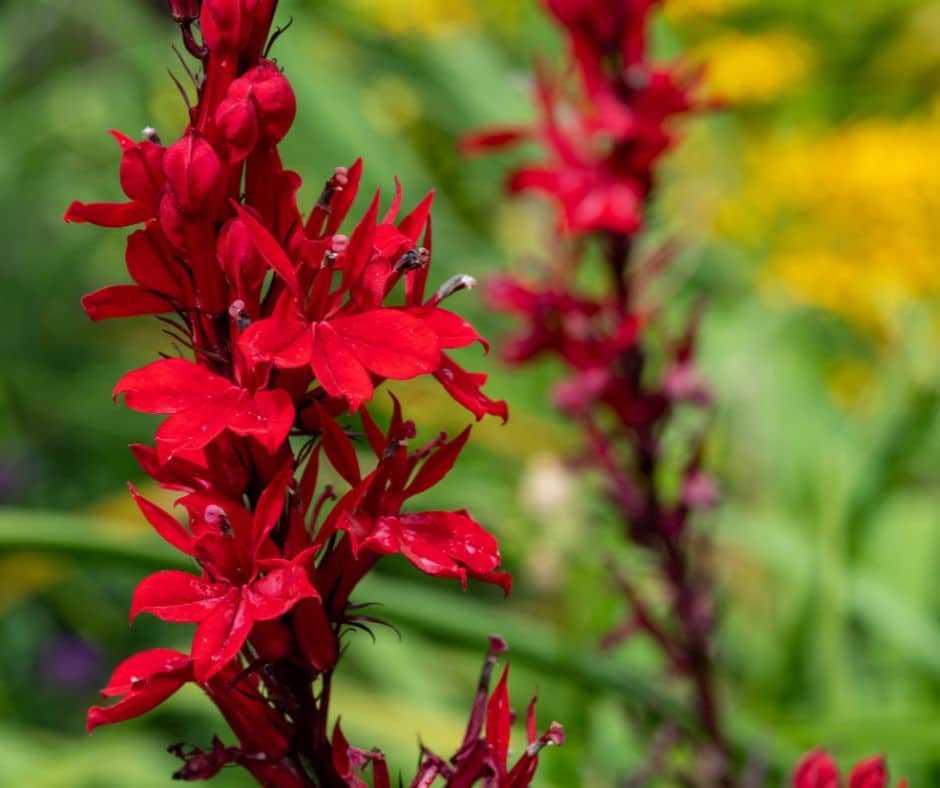
Wet Gardens: Perennial Combos for Damp Garden Conditions
Got a soggy spot in your yard? Don’t fight it, lean into it! Whether you’re working with a low-lying area, a rain garden, or simply persistently wet soil, a wet garden can become one of the most vibrant features of your landscape. With thoughtful plant choices and a few design tricks, you can turn those damp areas into lush, beautiful wet gardens.
Why Wet Gardens Work
Wet gardens not only add beauty to problem areas, but they also support pollinators, manage stormwater, and enhance biodiversity. The key is to select perennials that love wet conditions. These resilient plants won’t just tolerate a boggy ground, they’ll thrive in it.
Garden Design Options using Perennial Combos that Love Wet Feet
Mix and match textures, colors, and heights to build a visually dynamic wet garden that evolves throughout the season. Here are some of our favorite perennials for Minnesota’s moisture-rich zones to help inspire garden design ideas:

Siberian Iris
Siberian Iris (Iris sibirica)
- Striking, upright foliage adds structure all season long
- Produces bold, violet-blue blooms in early summer
- Excellent for rain garden edges or standing water zones
Astilbe
- A go-to for shade or part-sun wet gardens
- Comes in dreamy shades of white, pink, and red
- Feather-textured leaves and airy flower spikes bring softness and movement
Cardinal Flower (Lobelia cardinalis)
- A pollinator magnet, especially for hummingbirds
- Tall spikes of vivid red or purple flowers
-
- Adds drama and vertical interest to your design

Cardinal Flower
- Adds drama and vertical interest to your design
Marsh Marigold (Caltha palustris)
- One of the earliest bloomers in a wet garden
- Cheerful yellow flowers brighten up boggy spring gardens
- Low-growing with glossy green leaves—perfect for borders
Yarrow (Achillea)
- While it prefers well-drained soil, some varieties will tolerate moist conditions once established
- Offers a soft, meadow-like touch with flat-topped, pastel blooms
- Deer-resistant and great for cutting gardens
Design Tips for a Thriving Wet Garden
Creating a successful wet garden is more than just choosing the attractive landscape plants, it’s about setting the stage for healthy, long-lasting growth.
- Know Your Moisture Levels
Is the area consistently wet, seasonally soggy, or just slow to drain? Match plants accordingly. For example, Marsh Marigold can handle standing water in spring, while Yarrow prefers drier edges.
- Layer with Purpose
Use taller plants like Siberian Iris and Cardinal Flower in the back or center and let low growers like Marsh Marigold and Astilbe form a lush underlayer. This not only adds visual depth but helps slow and absorb rainwater, improving drainage issues.
- Improve Soil Structure
Yes, even wet gardens need drainage channels! Incorporate compost, leaf mold, or aged manure to improve soil texture and prevent anaerobic conditions (which can root rot).
- Mulch Wisely
Apply organic mulch (like shredded bark or leaf mulch) to regulate moisture, suppress weeds, and reduce soil compaction from heavy rains. Just avoid piling mulch directly against plant stems.
- Consider Companion Plants
Grasses like Carex (sedges) or Calamagrostis (feather reed grass) add movement and contrast. Native ferns can thrive in wet shade and provide texture year-round.
With the right plant pairings and a little design know-how, even the soggiest corners of your yard can bloom with life. A wet garden is not just a solution, it’s a statement. Want help planning your own Minnesota wet garden? Reach out to Tree Trust Landscape Services for a FREE consultation.

